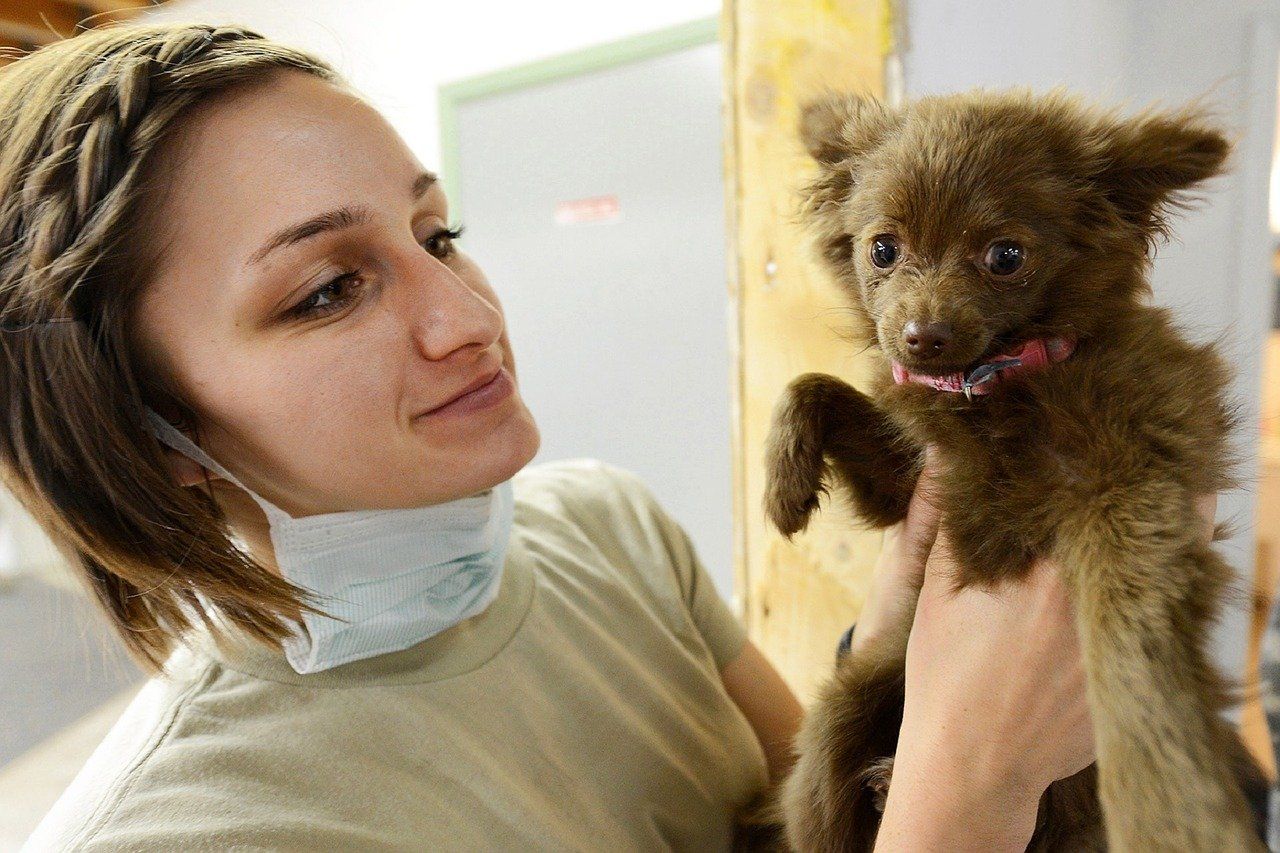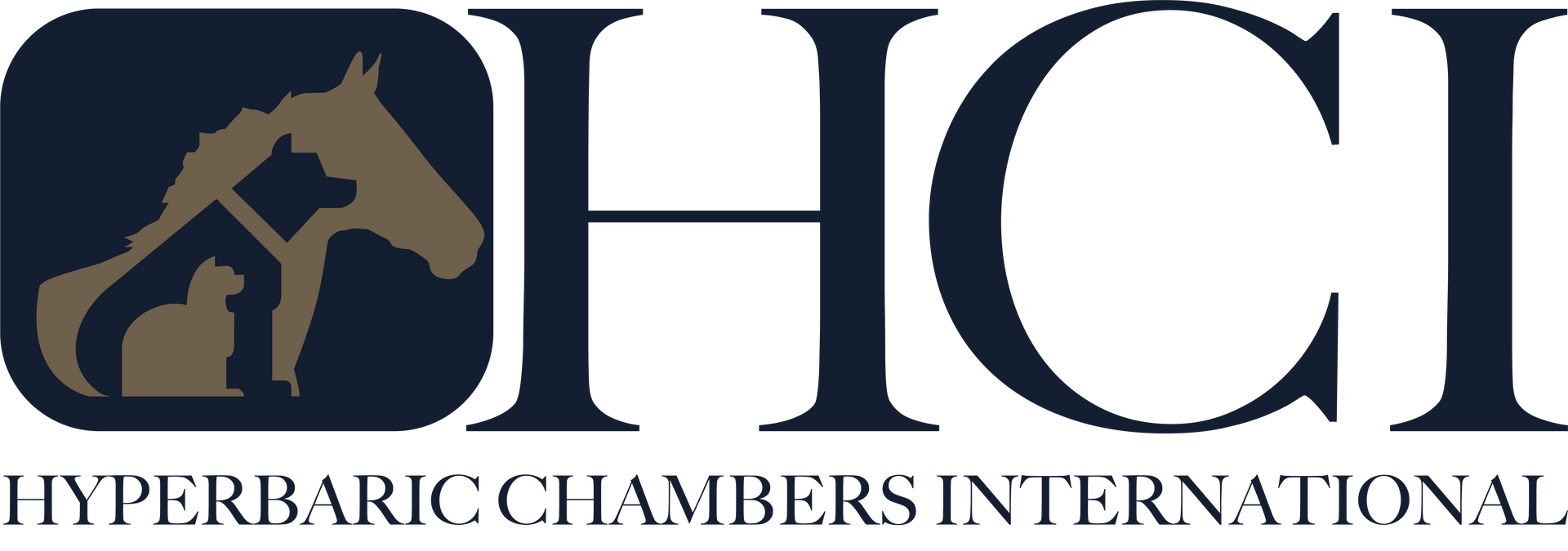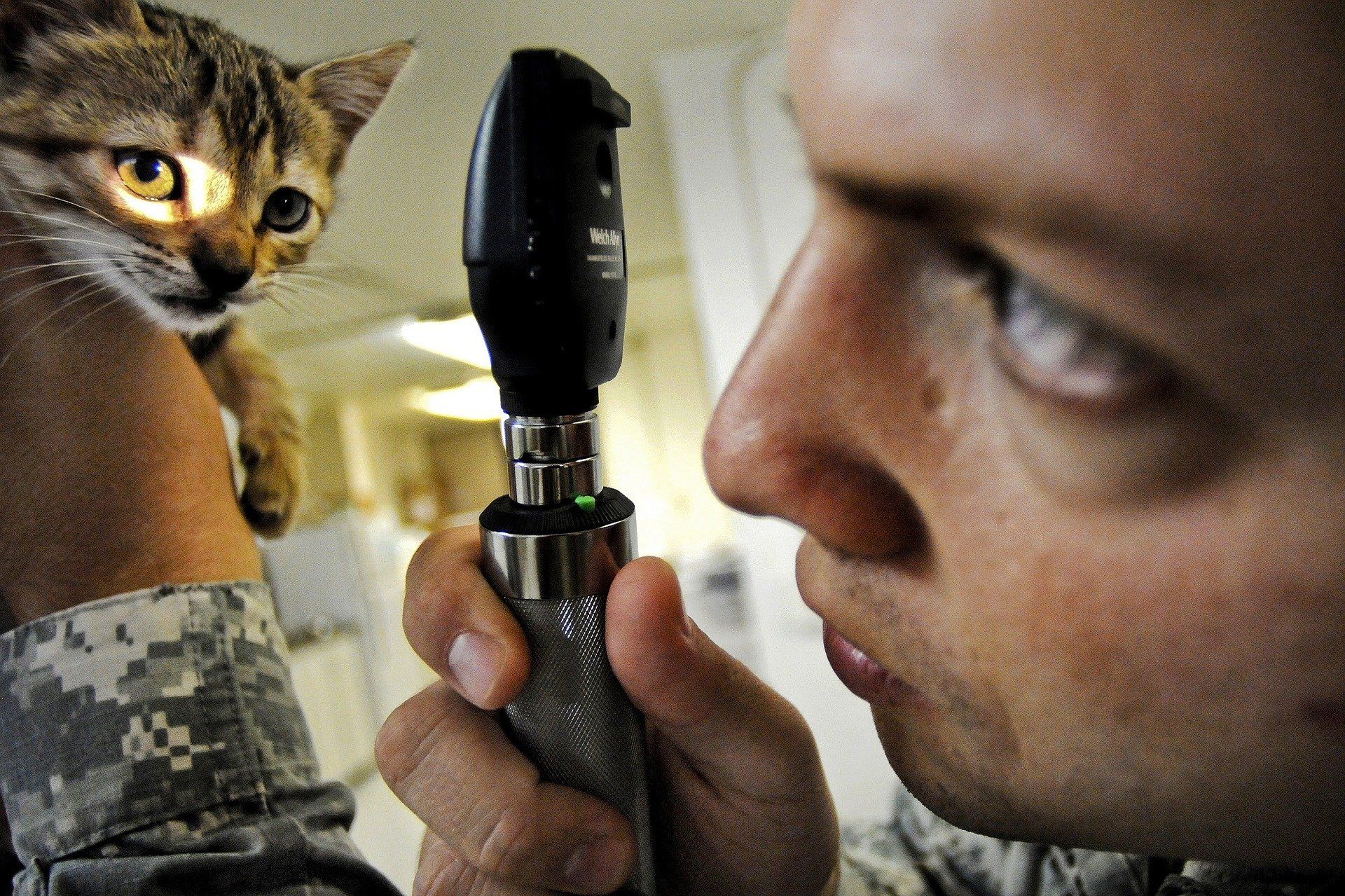Equine and K9 Hyperbaric Oxygen Therapy for the Central Nervous System and more.
Hyperbaric therapy is a revolutionary treatment for animals ie: dogs, equine and feline with acute central nervous system injuries, including the brain and the spinal cord. In animal medicine, this innovative technique is also helpful in treating ischemic issues occurring due to severe tissue damage. Particularly, felines and equines are prone to disorders like laminitis, and arthritis in dogs, which are inflammation damage of soft tissues or muscle.
Today, Hbot can heal and cure several traumas affecting the quality of life in animals. Equine hyperbaric therapy for the central nervous system is one such therapeutic remedy that has significantly emerged as effective in veterinary medicines. From treating complex wounds in dogs, cats and equine to critical traumas of the CNS (central nervous system), hyperbaric therapy has exhibited impressive results.
With the progress of the veterinary medicine industry, it has become easier to manage pain, rehabilitate soft tissues, and combat infections through hyperbaric therapy. Now. How does hyperbaric therapy work? How can it benefit animals? Let’s understand it in detail.
Understanding Hyperbaric Therapy
Hyperbaric therapy is based on the principle of oxygen hyper-saturation in blood. It collectively induces numerous cellular, biochemical, and physiologic effects, assisting in increased oxygen circulation to damaged tissues. Ideally, hyperbaric therapy facilitates healing wounds and injuries through faster tissue repair.
Working with other medications, the treatment helps to manage pain and infections in any part of an animal’s body. When Hyperbaric Oxygen Therapy is administered successfully healing begins.
How does the therapy work?
Let’s tell you that the therapy is based on simple gas laws. Under normal atmospheric pressure, a living body ie: you, me and animals
do not breathe 100% oxygen. As we know, red blood cells carry oxygen-rich blood. Nonetheless, this oxygen is in limited amounts when exposed to the usual atmospheric pressure. What does it mean? The cells receive only a certain amount of oxygen, which is not sufficient to heal damaged tissue. So, the natural healing process becomes slow and sometimes unfruitful.
The Equine hyperbaric oxygen chamber does the job! It is a stainless-steel chamber capsule with sliding doors. The animal is placed inside. Under pressurized oxygen animals breathe 100% oxygen, and the blood becomes hyper-saturated. It means that as oxygen intake increases, the hemoglobin in the blood becomes fully saturated. This extra oxygen dissolves in the plasma and is carried to various parts of the body.
The K9 (dog) and feline chambers are glass. These chambers enable the circulation of more oxygen to the damaged tissues.. Enhanced oxygen delivery aids in faster healing of wounds, inflammations, ischemic injuries, fungal diseases, burns, cellulitis, CNS traumas, etc.
Unhealthy tissues require abundant oxygen to heal properly. Insufficient local oxygen delays healing, causing more complications. Thankfully, with advanced technology like hyperbaric therapy, it is now possible to treat animals faster!
How Does Hyperbaric Therapy Promote Healing?
Hyperbaric therapy aids in comprehensive healing of wounds and injuries in the following ways:
- Reduce Inflammation- One of the major causes of pain is inflammation of soft tissues, including muscles, tendons, and ligaments. Edema or tissue swelling restricts blood and lymphatic circulation. As the local pressure increases due to inflammation, there may be tissue hypoxia when the circulatory system is severely disrupted. It often results in life-threatening conditions like breathing difficulty, restlessness, and increased heart rate. However, hyperbaric therapy reduces edema or tissue inflammation through boosted oxygen supply.
- Fight Infections- Fungal and bacterial infections are common with open wounds. As a result, the healing process becomes slow, and sometimes wounds become more severe. But, to pathogens, a hyper-oxygenated environment is toxic because of enhanced superoxide levels. In such conditions, anaerobic microorganisms cannot live. Hence, these hyperbaric chambers are substantially useful in controlling infections.
- Blood Flow Restoration- Restricted blood flow to impaired tissues slows healing due to lack of oxygen supply. It is called ischemia. This happens when major blood vessels get blocked or become damaged. Prolonged ischemia is life-threatening, especially if it affects the tissues in the heart and brain. Nonetheless, hyper-saturation in plasma can supply adequate oxygen to the constricted areas, promoting tissue restoration.
- Encourage Cell Division- The healing of a wound depends extensively on the formation of new cells. This means that cell division is the fundamental factor affecting the curing of wounds. Lack of enough oxygen does not aid cell proliferation, which significantly results in delayed healing and sometimes the spread of infections. Luckily, hyperbaric therapy promotes cell division by improving cytokinesis.
Conclusion
No wonder hyperbaric therapy is an innovative and highly effective treatment aiding faster healing and recovery. It enables better management of wounds, traumas, injuries, and diseases without side effects. Combined with conventional medications and surgical procedures, hyperbaric therapy ensures superior results.










